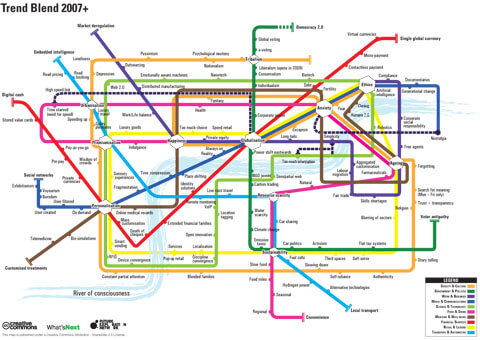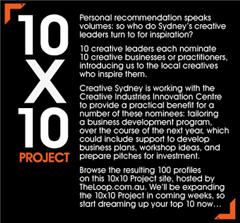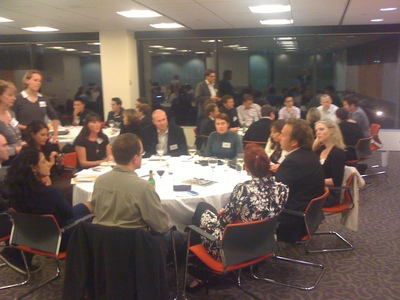Nipplegate escalates: A faceless Facebook shuts down protest group and proves it REALLY doesn’t like doll nipples
 On Saturday I first wrote about how Facebook was warning my wife Victoria Buckley that they may close down the Victoria Buckley Jewellery Facebook page , presumably because it showed a doll’s nipples.
On Saturday I first wrote about how Facebook was warning my wife Victoria Buckley that they may close down the Victoria Buckley Jewellery Facebook page , presumably because it showed a doll’s nipples.
On Monday Sydney Morning Herald wrote the story up as Now Facebook bans doll nipples. The headline spent 12 hours at the top of the front page of the Sydney Morning Herald online site, and became the single most read story on the newspaper. Since then it has made news all over the world, in leading newspapers such as London Evening Standard and Der Spiegel, and in countries as far away as Timor and Finland.
In fear of losing her Facebook page with its close to 2,000 fans, Victoria deleted the offending photos and posted them on a new Facebook group ‘Save Ophelia – exquisite doll censored by Facebook’ to show these beautiful images of the exquisite doll, and to discuss art and what constitutes nudity.
In response Facebook deleted the doll images on the Save Ophelia Facebook group. A short time later they simply shut down the group with its 500 members, with no indication of what remained to offend after the pictures were gone.





